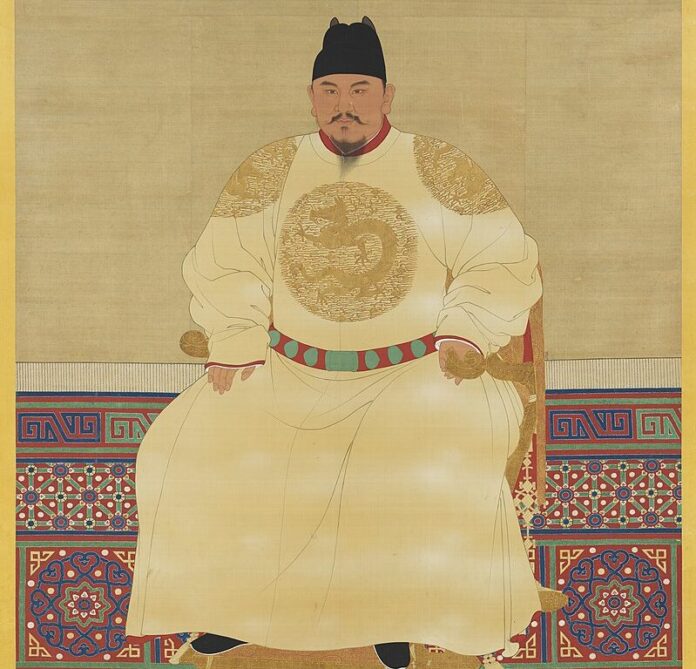The Ming Dynasty, known for its illustrious rule over China from 1368 to 1644, is a period of rich cultural, economic, and political achievements. Historians continue to be intrigued by this incredible period of history. Delve into the fascinating world of the Ming Dynasty with these three surprising facts.
The Forbidden City’s Secret Garden
While the Forbidden City in Beijing is renowned for its grand halls and majestic architecture, one of its most intriguing features is the imperial garden, known as the “Qin’an Hall,” or more commonly, the “Secret Garden.” This secluded sanctuary served as a private retreat for Ming emperors and their families, away from the prying eyes of court officials and visitors. Designed as an oasis of tranquility and beauty, the Secret Garden features winding pathways, pavilions, ponds, and meticulously landscaped gardens, all intended to provide a serene escape from the rigors of imperial life. Today, visitors to the Forbidden City can explore this hidden gem and marvel at its exquisite beauty, offering a glimpse into the private world of Ming royalty.
The Great Wall’s Underwater Section
While the Great Wall of China is celebrated as one of the most iconic architectural marvels in history, few are aware of its hidden secrets, including an underwater section submerged beneath the waters of the Bohai Sea. During the Ming Dynasty, Emperor Yongle ordered the construction of the “Jinshanling Wall” to fortify China’s northern borders against invasion by Mongol raiders. This underwater segment of the Great Wall stretches for over 5 kilometers and remains remarkably well-preserved despite centuries of submersion. Today, adventurous divers and historians can explore this submerged section of the Great Wall, marveling at its ancient fortifications and gaining insights into the Ming Dynasty’s military defenses.
The Porcelain Tower of Nanjing
Nanjing, the capital of the Ming Dynasty during the early years of its rule, was home to one of the most remarkable architectural wonders of its time: the Porcelain Tower. Built during the reign of Emperor Yongle in the early 15th century, this nine-story pagoda stood over 260 feet tall and was adorned with glazed ceramic tiles in vibrant colors, earning it the nickname “Porcelain Tower.” Renowned for its exquisite beauty and innovative design, the tower attracted visitors from far and wide, including explorers and scholars who marveled at its splendor. Sadly, the Porcelain Tower was destroyed during the Taiping Rebellion in the 19th century, but its legacy lives on as a testament to the ingenuity and artistic achievements of the Ming Dynasty.

